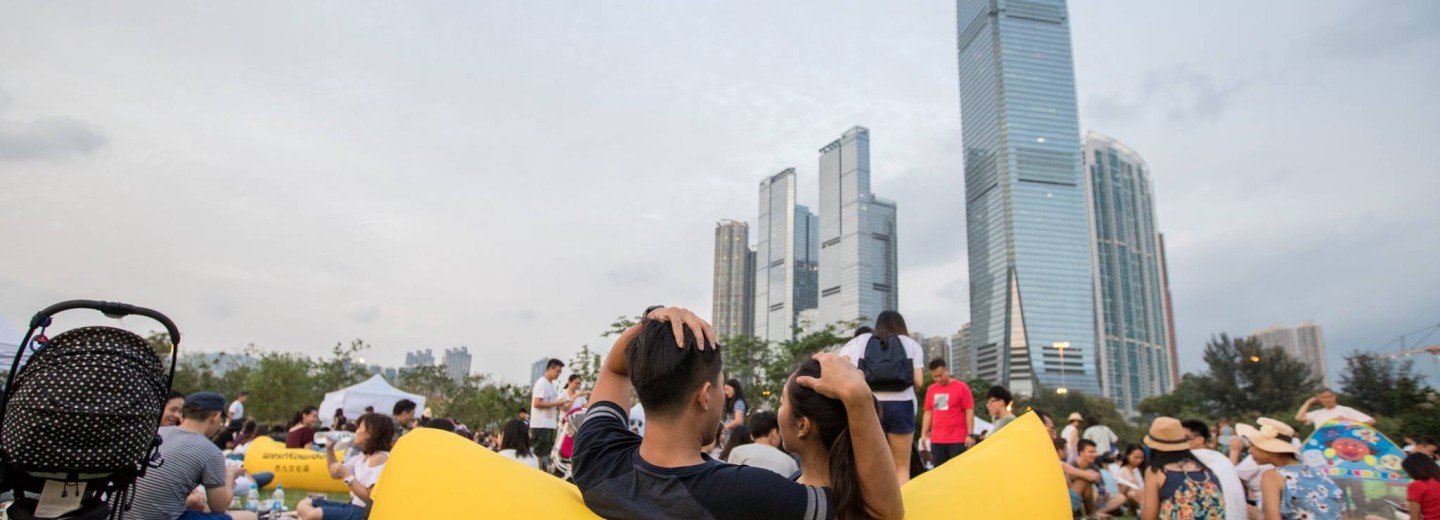Hong Kong’s new cultural district deserves our support
Believe it or not, this wide, green open waterfront space (pictured above) is in Hong Kong, a place more famous for developers frantically crowding buildings into every spare centimeter. This area should be celebrated, but the West Kowloon Cultural Center is being criticized for not being profitable. That argument is missing the point.
THIRTY YEARS AGO, at 0200 on Thursday, 21st October 1993, I was lying in a sandy trench on what was then known as the Kowloon Reclamation. Beside me were four colleagues from the Committee we served and four members of the Hong Kong Police. We were waiting for dai feis (ultra-fast speedboats) to collect their stolen Mercedes cars from Hong Kong and speed them back to mainland China.
It was a bright, moonlit night. “Sir, sir,” whispered a Police sergeant urgently. “Please cover your head, or they will spot us.” Then, as now, my hair was silvery white. The sergeant thought it would reflect the moonlight and give our hiding place away.
I quickly covered my head. Maybe it was too late because we never saw a dai fei that night.
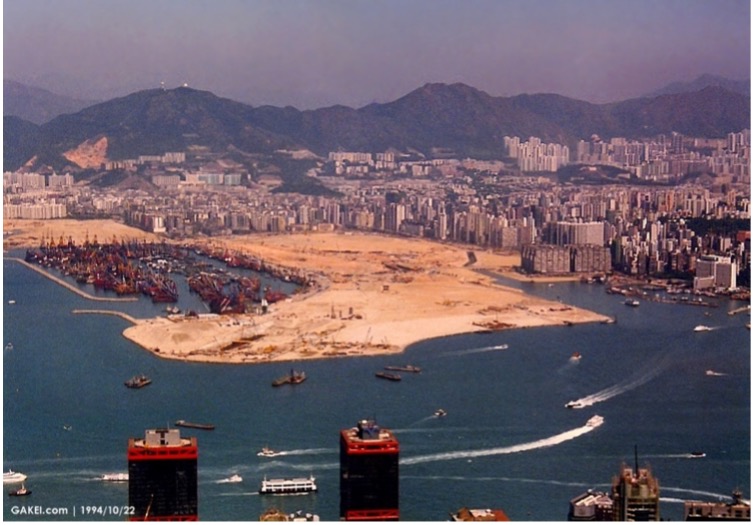
On the day of writing this, I am back in almost the same place. Changed somewhat, the sandy trench I lay in has become part of the West Kowloon Cultural District. So far as I can tell, our hiding space is now somewhere under the Hong Kong Palace Museum.

RESPONDING TO A CONCERN
I owe my visit to this district, regrettably my first, to Dennis Lee writing in the South China Morning Post. Dennis Lee is a Hong Kong-born, America-licensed architect with years of design experience in the USA and China.
If anyone should know about projects like this, it is surely he. Yet, I found his conclusions disturbing. I needed to see for myself.
Dennis, I respect your expertise and experience but disagree profoundly with your views.
“Some 25 years after the West Kowloon Cultural District was proposed, we are still struggling with how best to use the 40 hectares of land at the southwest corner of Kowloon and establish a sustainable financial model for it,” Lee writes. He quotes Henry Tang, the current Chairman of the Authority, concerned about operating costs that are draining like “rivers of blood”.
“What went wrong with our vision – if there had been one?” asks Lee.
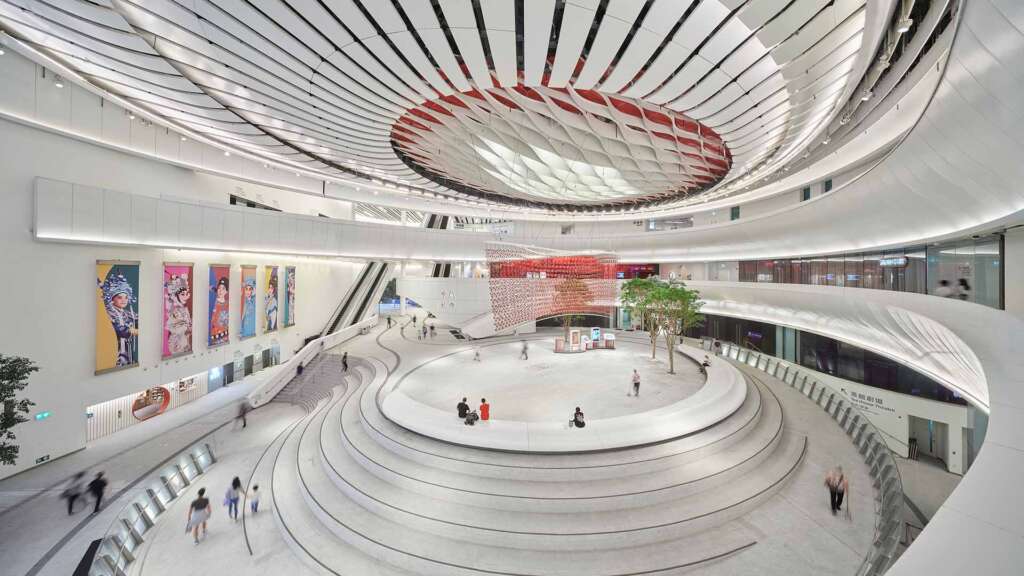
NOT ABOUT MONEY
From a harbourside stroll through gardens and greenery to art and music exhibitions, families with young children and dogs enjoy a relaxed day out. Here, a teenage band bellows out Cantopop; there is a reminder about the influence of Madame Song on Chinese fashion; here is an American jazz singer’s concert; there is an Xiqu students’ programme about Chinese culture.
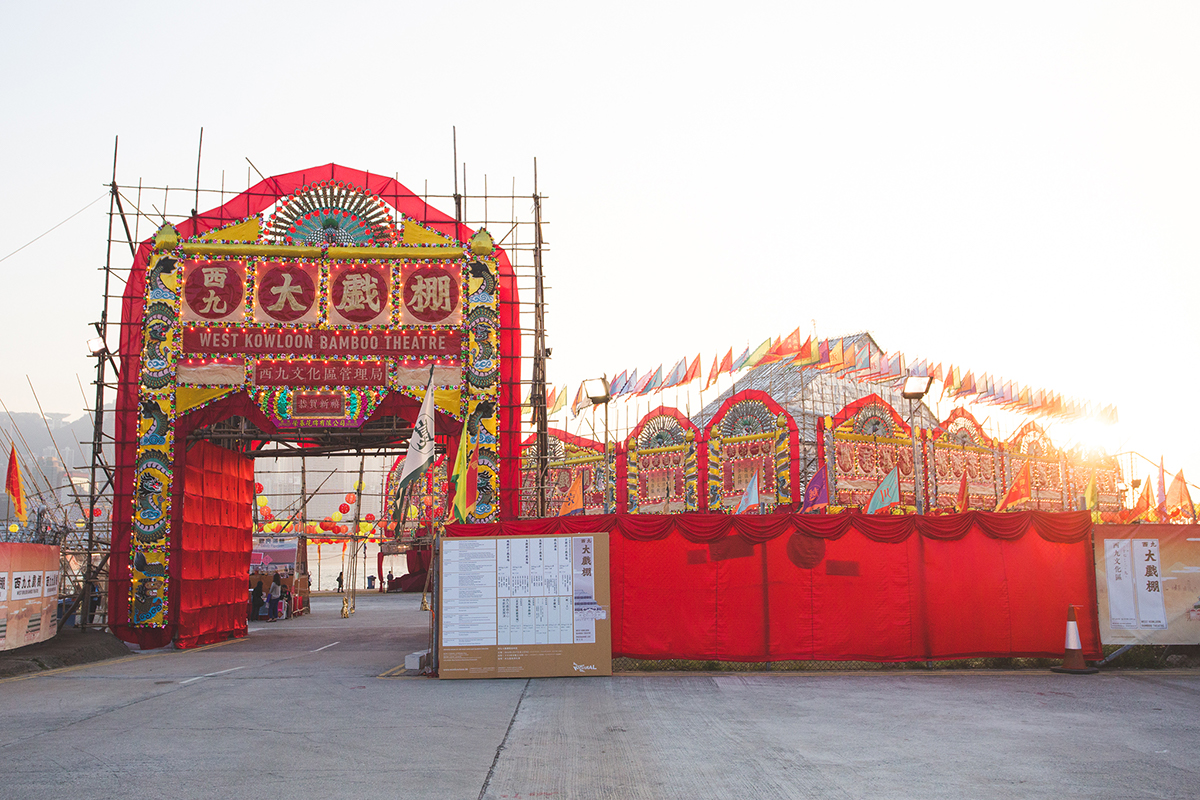
At the heart of it all, the Palace Museum has outstanding collections and exquisitely presented tours and displays. The Museum’s exhibition halls are spectacular. My fixation is with the astonishing coverage of the Sanxingdui discoveries in Sichuan.
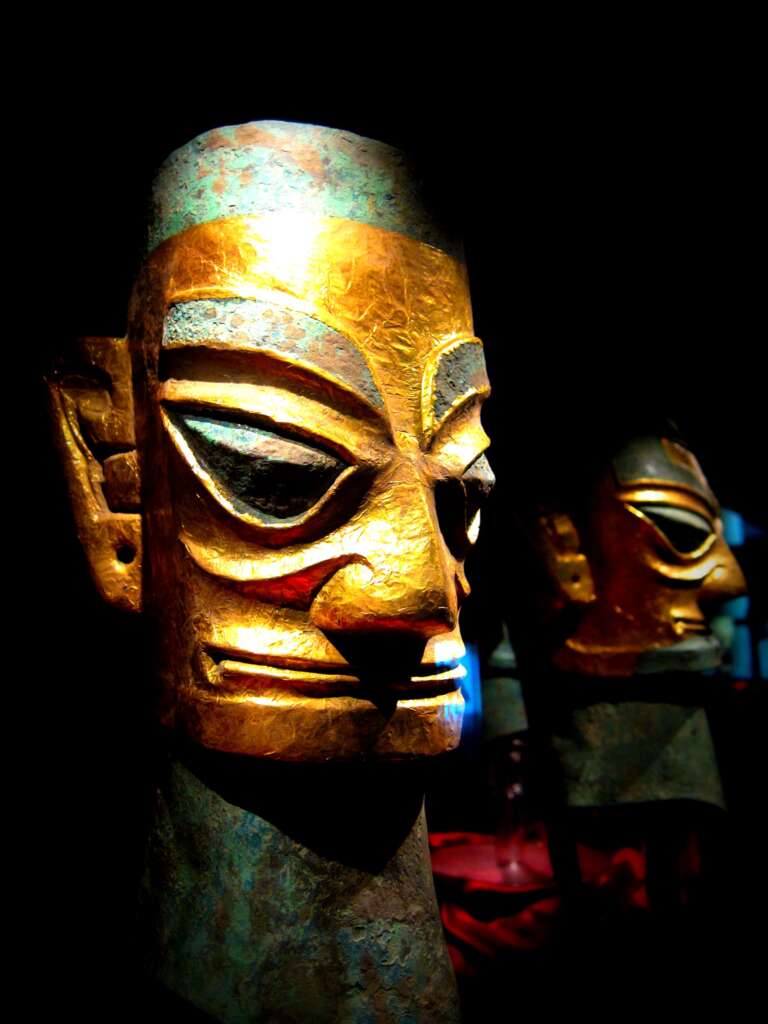
Apart from the displays, interactive videos give genuine insights into one of Chinese archaeology’s most remarkable (and only partially understood) discoveries. This exhibition closes early in 2024 by the way, if you have yet to visit.
WE CAN ALL CONTRIBUTE
Dennis Lee challenges the very idea of a ‘cultural district’. “A cultural district built from scratch is folly in itself.” But he then comes up with several good ideas to make the most of one. However: “The greatest resources we can contribute to (the Cultural District’s) development are our ingenuity, talent, stamina, efficiency and diligence,” Lee claims.
Exactly.
Ten thousand people will eventually work for the Authority. Their ingenuity, talent, stamina, efficiency, and diligence are already evident in the incomplete Cultural District. COVID affected not only the District’s development but also its financial return. This was always expected to be indirect (tourism, employment, and local spending).
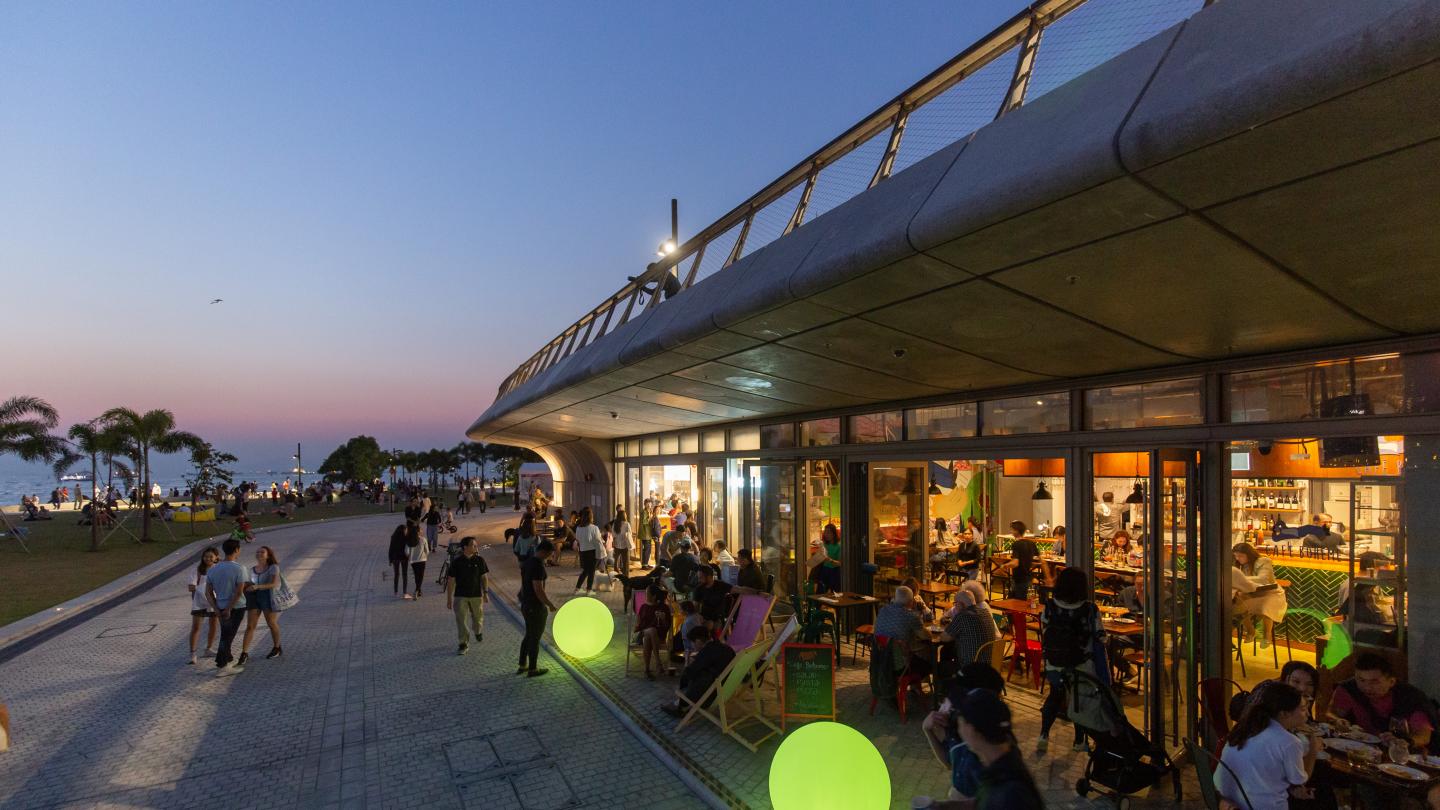
LONG-TERM
The Legco 2007 report on the economic expectations begins:
The West Kowloon Cultural District is an important investment in Hong Kong’s arts and cultural infrastructure, a major step to promote cultural and artistic activities in Hong Kong, and a strategy that supports the long-term development of Hong Kong as a creative economy and a world city.
Two key words are ‘investment’ and ‘long-term’. Meanwhile, the West Kowloon Cultural District needs our appreciation and support. That should not be hard because it is a great experience. I prefer this message to portraying it as a white elephant barely deserving the attention of visitors or locals.
I wrote this piece for fridayeveryday - a website to tell the world about Hong Kong. Hong Kong has so many wonderful stories to tell: we need to tell them. You'll find the best of these in Fridayeveryday. Do bookmark the site. You'll learn so much.
Worked on the article:

Wanlikhang


